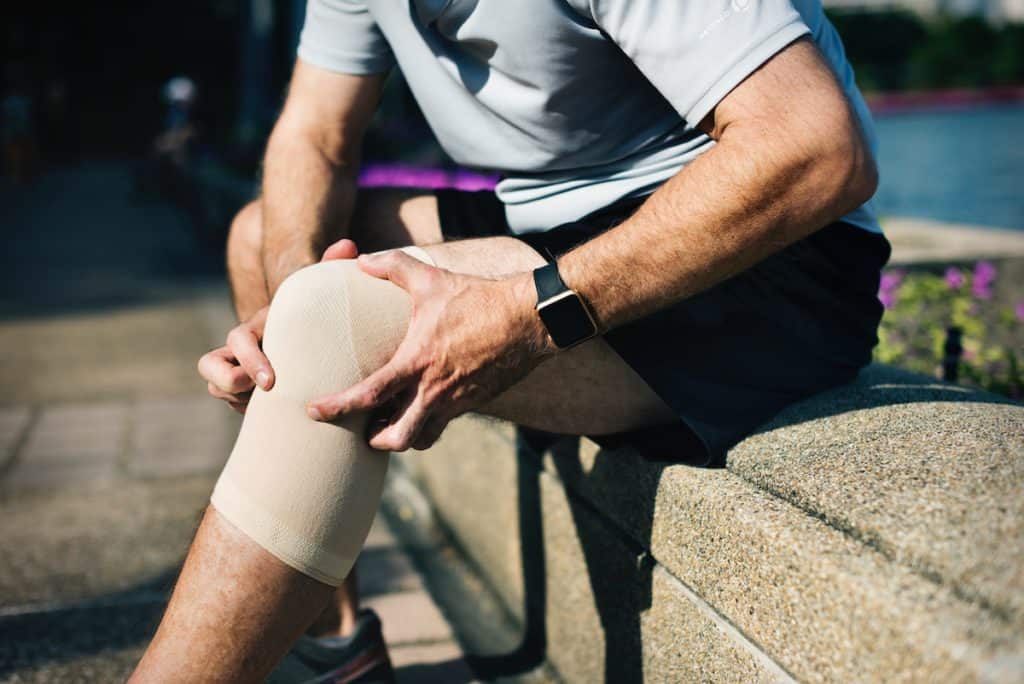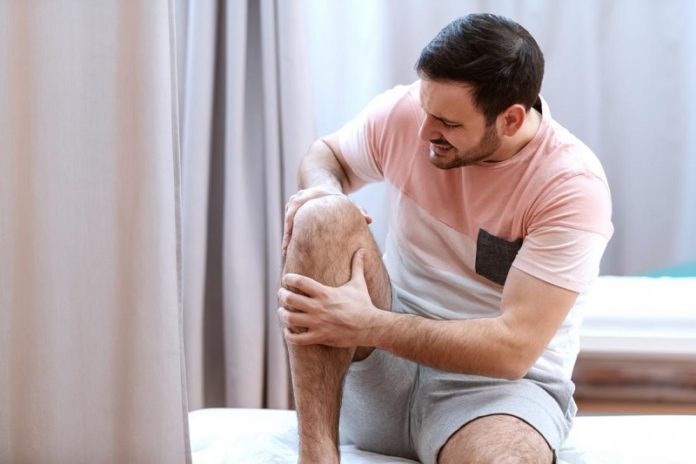Healthremedy123.com – Whether you’ve swollen your knee due to a minor injury or because you’ve developed arthritis, it’s important to know that there are some things you can do to help ease your pain and get you back on your feet. There are several steps you can take, from eating well to taking pain-relieving medication, that can help you treat your swollen knee.
Medications to Treat Pain Caused by Arthritis
NSAIDs (non-steroidal anti-inflammatory drugs) are commonly used to manage pain caused by arthritis. These drugs reduce inflammation, relieve swelling and prevent blood clotting. But these drugs also have a number of side effects. NSAIDs may have harmful effects if they are taken for a long time. People with kidney problems are at a higher risk of these side effects. If you are taking a NSAID, it is a good idea to see your doctor regularly. You should not exceed the maximum daily dose.
If you are taking an NSAID on a regular basis, you may be at a higher risk of having stomach ulcers or bleeding in the stomach or intestines. If you have any of these symptoms, tell your doctor immediately. You should avoid taking any NSAID if you are taking medicine for high blood pressure or heart disease, as these conditions can increase your risk of these side effects.

Using RICE for swollen knee with pain can help you get back on your feet in less time. However, you must use the method properly. If you use it improperly, it can delay the healing process, and you may have other problems down the road. The RICE method is a well-known first aid technique. It is designed to help reduce post-injury swelling and to help you get back to doing what you enjoy. It’s also simple to use.
The RICE Method Involves Resting an Injured Limb
The RICE method involves resting the injured limb, applying ice, using compression and elevating the body part. These four steps work together to help reduce swelling, pain, and inflammation. Symptoms of arthritis of the knee may include pain, swelling, and a loss of flexibility. There are a number of treatments that can help alleviate symptoms and slow down the progression of arthritis. These include physical therapy, medications, and joint injections.
If you are experiencing severe pain or swelling in your knee, see a doctor immediately. Your physician may order imaging, blood tests, and other diagnostic tests to find out the cause of the swelling. These tests can determine whether or not there are broken bones, infections, or other issues. Generally, a swollen knee is caused by an injury. In addition, inflammation can occur suddenly or gradually. A red and warm knee can indicate an infection in the joint.

Symptoms of a torn meniscus include stiffness, pain, and swelling in the knee. Your knee may also feel “buckled” or locked. Your doctor can perform physical tests to pinpoint the cause of your symptoms. An MRI scan is a diagnostic test that can help your physician determine whether you have a torn meniscus. X-rays can be used to rule out other knee problems. However, a meniscus tear doesn’t always require immediate surgery. In some cases, you can heal the tear on your own with the right treatments.
Using an Ice Compress to Reduce Swelling in the Knee
Using an ice pack or cold compress can help reduce swelling in the knee. You can also take nonsteroidal anti-inflammatory drugs (NSAIDs) to relieve pain. Usually, swelling in the knee indicates an injury, but it can also indicate an underlying medical condition. A swollen knee can affect your mobility and cause pain. If you suspect an injury, see a health care professional right away.
Knee injuries can occur due to overuse, trauma, or infection. If the problem is severe, your doctor may recommend surgery. However, some injuries heal on their own. If you have a swollen knee that causes you significant pain, see your doctor. Swelling in the knee can indicate infection, which can be severe. The condition is often accompanied by fever and redness around the knee. In order to prevent further damage, ice and compression should be used to reduce the swelling. Symptoms of anterior cruciate ligament (ACL) pain include knee swelling, instability, and a pop or snap sound when turning your knee. The ACL is one of four important ligaments in the knee. It connects the thighbone, called the femur, to the shinbone, or tibia. It helps stabilize the knee joint and is one of the strongest bands of tissue in the body.

ACL tears are one of the most common injuries in sports. Anterior cruciate ligament injuries usually occur when an athlete is running or jumping suddenly. They can also be caused by sudden changes in direction, such as landing improperly. Female athletes are at a higher risk for ACL injuries than male athletes. Their pelvis alignment is different and their physical conditioning is different. We are happy to receive guest post submissions from you.
Reference :


